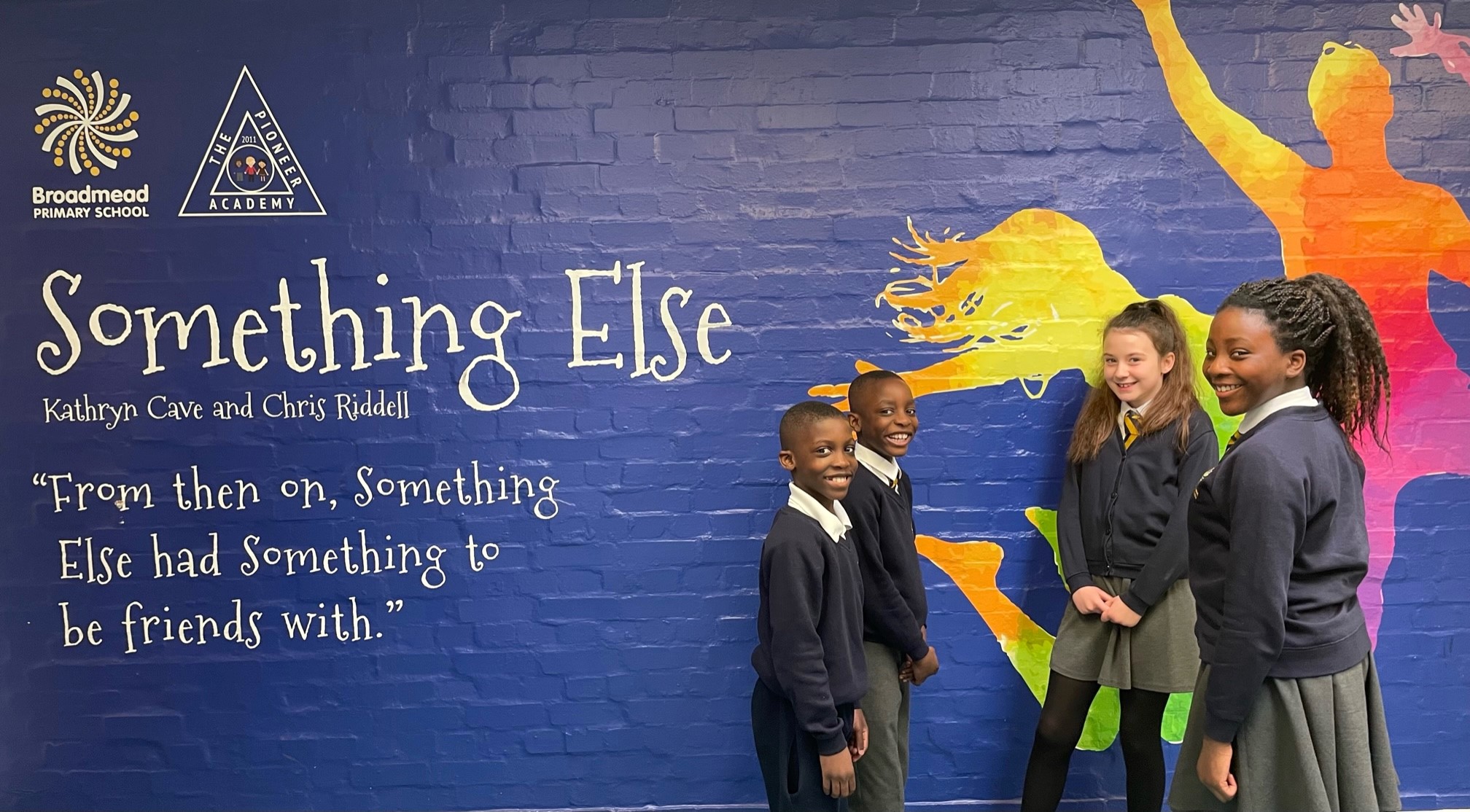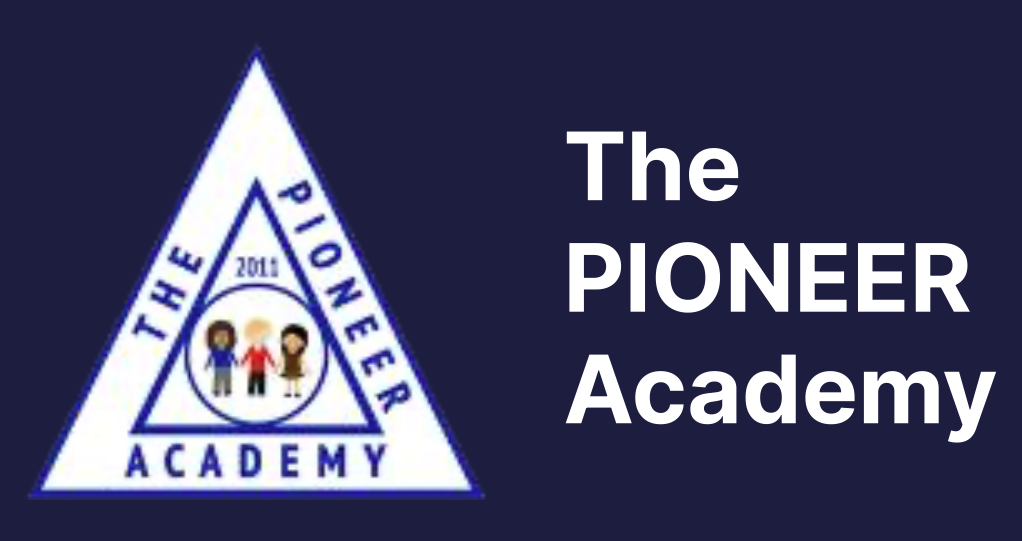Home | Year Groups | Year 5
Year 5
Explore
Nurture
Grow
Welcome to Year 5!

Year 5 Curriculum Map
Brainwaves
We will be learning about the brain and neuroeducational research, connecting the science of the brain to the art of learning. We will be exploring ways in which we can use our brains to learn lots of new and different things every day, enabling us to gain the knowledge, skills and understanding that we will need to become successful adults. By finding out more about how we learn, and how we can improve the way that we learn, we will be better equipped for meeting the many challenges ahead of us. We will need to be metacognitive learners, scientists and internationally minded. How can we use our knowledge of the brain to help us improve our own learning?
Space Scientists
We will be learning about Earth, the planet we all call home: its relationship with the Sun and Moon; what it is made of, and how our understanding of the solar system has changed over time. Is earth the best planet for human survival? Why? We will be scientists, historians, designers and artists to understand more about the planet where we live. What do you think makes our planet special?
World War 1
We will be learning about the Great War of 1914-18. The lead up to World War 1 breaking out and how it started. We will be exploring life in the trenches and what it was like for the soldiers who went to war. We will also focus on new innovations that evolved throughout the war and how these changed history. Finally, we will be looking at life back in Britain during WW1, in particular what life was like for women and how they aided the war effort.
The Great, The Bold and The Brave
The history of western civilisation begins with the Greeks and the Romans. Their expanding empires helped to spread ideas about architecture, food, entertainment, literature, science, medicine and politics across the globe. As their empires ended, other cultures rose to prominence, absorbing and passing on their own ideas and cultures – creating the world we know today. We will need to be historians, geographers, musicians and artists to investigate and develop our understanding of different historical civilisations and their impact on our world. What were some of the biggest contributions of these civilisations? How do their legacies impact upon the world we live in today?
Roots, Shoots and Fruits
We will be learning about the life cycle of a plant following its journey from a seed to pollination, to fertilisation, to germination, to the growth and then back to seed again. We will become scientists as we investigate what plants need to grow well and the role that bees and butterflies play in plant life. As designers we will create our own devices to aid in sowing seeds in a way to support healthy growth. We will investigate questions such as: What would happen if there were no insects in the world? What are the most important factors affecting seed germination and why do seeds need to be dispersed in different ways?
Applied Art
Art can often be seen as having the main purpose of pleasing the eye or being decorative. However, art is all around us and one particular type of art involves things we use in daily life, this is called applied art. It’s not difficult to understand that we prefer things we use every day to look nice and as not everybody likes the same style, the variety is endless. Applied art is the part of art that comes closest to design. How do we make something that looks nice, but is also functional and meets its purpose? What is more important, the way an object looks or the way it works?
The Holiday Show
We will be learning about our responsibilities as tourists, and the impact that our choice of holiday and travel destination can have on the human and physical environment. We will need to be geographers to compare and contrast countries as tourist destinations. What are the positive and negative impacts of tourism on different places in the world?

